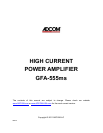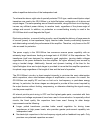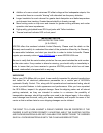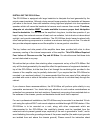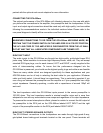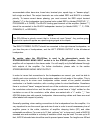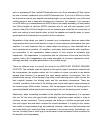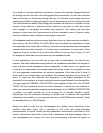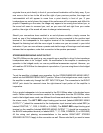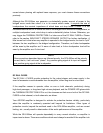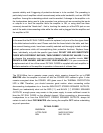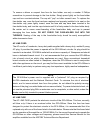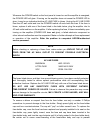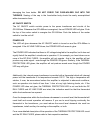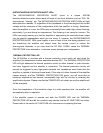and not exceeding 60 feet, useAWG14stranded wire only. Runs exceeding 60 feet require
the use of heavier conductors such asAWG12stranded wire. If you find it difficult to obtain
the correct-size wire for your specific connecting length, you can parallel two runs of the next
smaller gauge of wire to keep wire resistance at a minimum. For example, if you require a
run of 35 feet to your loudspeakers and AWG16 wire is not readily available, you can parallel
two 35-foot lengths of identical AWG18 stranded wire for use with each speaker (you'll
require a total of four 35-foot lengths in such an instance) and solder the two conductors of
each wire making up each double cable, at both the speaker and amplifier ends, to insure
good electrical and mechanical connections of the conductors.
Regardless of the cables you select to connect your loudspeakers, there are some other
requirements which you should observe in order to insure maximum performance from your
amplifier. It is most important that you make certain the wiring you have selected has as
Iowa capacitance as possible. All amplifiers, particularly wide-bandwidth audio amplifiers,
are susceptible to the capacitance cables present to their outputs at extremely high
frequencies. This capacitance, in conjunction with the inductance of the wire itself and the
reactive load of the loudspeakers, can create anomalies at ultrasonic frequencies which,
although inaudible, can affect performance in the audible range.
There are different ways to connect the wiring to the RIGHT/LEFT STEREO SPEAKER
OUTPUTS. The methods used will depend on the specific type of connectors supplied with
the loudspeakers, the speaker cables, etc. As a matter of course, we prefer to use double
banana plugs because it is generally the most secure method of connection. Also, the
plated-bronze springs of the banana plugs effect a self-cleaning action which insures the
best contacts between the binding posts and the connectors themselves. There are
"sockets" provided in the center of the binding posts' studs which permit secure seating of
the banana plugs. Make certain, however, that the hexagonal head of the binding post is
securely tightened before inserting the banana plugs firmly into the binding posts' sockets.
Additionally, when connecting the cables to the amplifier and loudspeakers, it is important
that you "tin" the wires with good solder (preferably high-silver-content solder) in order to
minimize contact resistance. Tinning prevents the build-up of surface compounds which
form with copper wire and which increase its contact resistance. It is partly for this reason
that double or single banana plugs are preferred. However, make sure that the cable ends
are tinned before you make the cable connections to the banana plugs. Alternatively, you
can use "crimped" pins or other lugs to insure lowest contact resistance at the connection to
the amplifier and loudspeakers.



